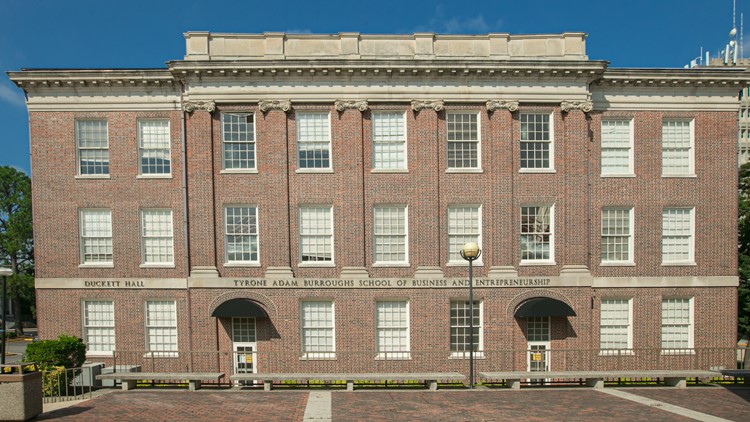COLUMBIA, S.C. — The National Trust for Historic Preservation (NTHP) has awarded a $65,000 grant to Benedict College in Columbia, SC, in order to fund renovations to one of the college's almost 100-year-old buildings.
Duckett Hall, built in 1925, will be repaired and renovated with the funds available through the NTHP's Historically Black College or University (HBCU) Cultural Heritage Stewardship Initiative. The Initiative seeks to provide technical assistants, fund new Cultural Heritage Stewardship Plans, and empower HBCU with the resources to protect, preserve, and leverage their historic campuses, buildings, and landscapes.
“We are grateful to the HBCU Cultural Stewardship Initiative for their generous donation. This grant will support the ongoing transformation of Benedict’s 150-year old campus. We are working diligently to renovate and preserve all of our historic buildings,” said Dr. Roslyn Clark Artis, President and CEO of Benedict College. “This innovative program and the funding awarded as a result thereof, helps to preserve the unique and important legacy of HBCUs and will ensure that Duckett Hall will serve as a symbol of pride for generations of future Benedict Tigers.”
Benedict College was founded in 1870 to educate newly emancipated slaves after the Reconstruction Era. Duckett Hall was constructed in 1925 and is one of five buildings in Benedict College's Historic District.
According to the National Register of Historic Places, Duckett Hall was built as a science building and now houses business administration classes.
The three-story brick building was designed by Columbia architect James B. Urquhart and features a hip roof, the facade has central pavilion topped by a parapet, and decorative elements include cornice with modillions and plain frieze. Row-lock arch and recessed panel brick door surround and central pavilion bays separated by brick pilasters with Ionic capitals, resting upon a wide belt course which separates the first and second stories. Windows have twelve-over-twelve lights, and are capped by flat arches.



